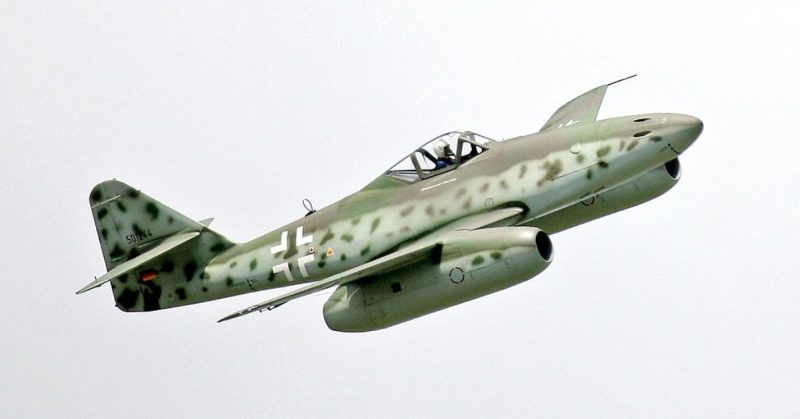It’s hard to imagine today, but about one hundred years ago, airplanes were a brand new mode of transportation. No one had even imagined that they might have military applications as well.
But after the beginning of World War I, aircraft were viewed in a new light. Military personnel began to see all sorts of uses for planes, such as gathering intelligence and going into battle. In a relatively brief period, planes went from crop dusting farmers’ fields to checking out enemy locations and spying from the skies.
With these developments came the need for men who could do more than just spray acreages. Pilots were required who could fly over hostile territory and gather relevant information.
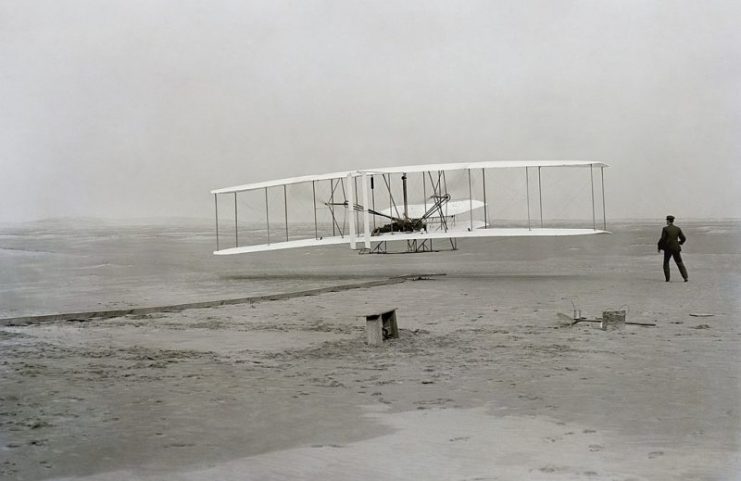
The first flying “ace” was a French pilot named Rolland Garros. His plane was ordinary, but its propellers were protected by steel plates. He shot down five German planes in his first two weeks of flying during WWI. This gave rise to the term “ace,” meaning any pilot who shot down at least five enemy planes.
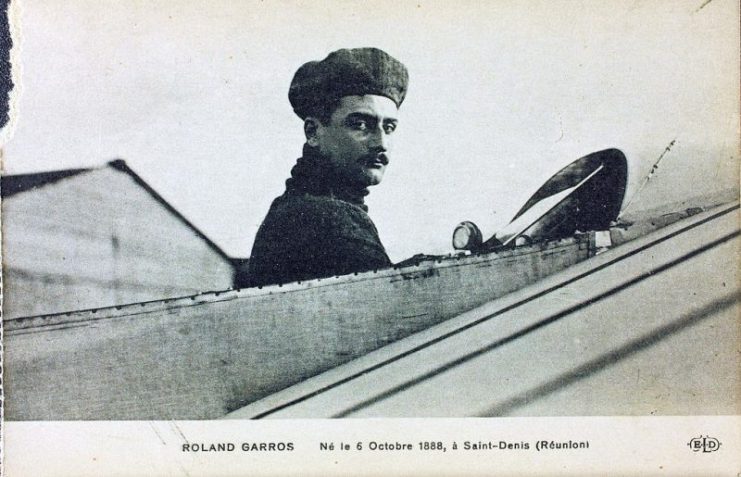
But German technologists and aviation engineers did not sit still in the face of these advances. Fokker E.I. planes soon appeared on German runways, then true fighter planes like the Pfalz DR1.
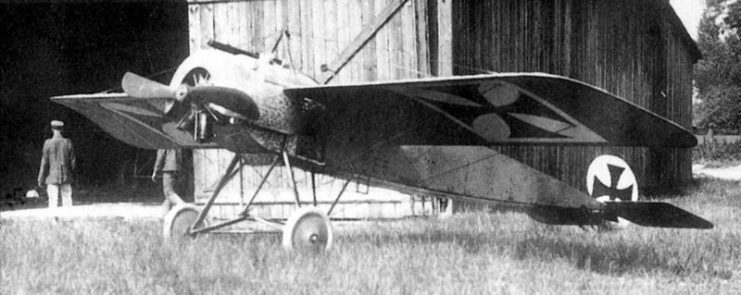
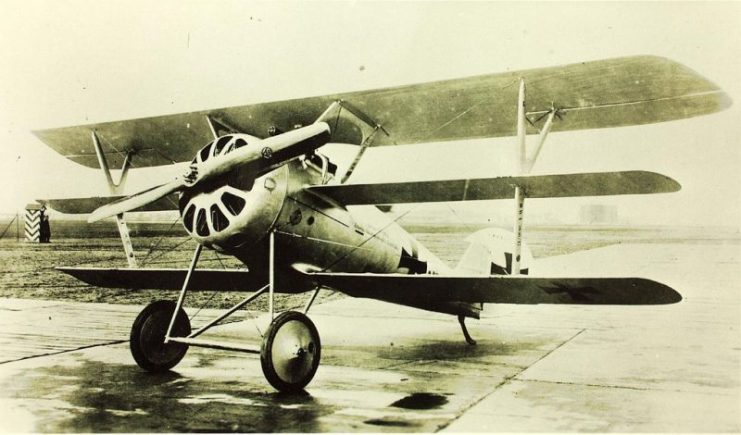
Britain and Russia also did not sit idly by as these changes were happening. They wanted in on this burgeoning industry, and soon the British aviation firm, Nieuport & Deplante, was building fighter planes for the Allies in both World Wars.
In World War II, the planes evolved into jets. Britain’s Gloster Meteor was the aircraft preferred by the Allies. It had set a record by attaining a speed of 606 miles per hour (975 kilometers per hour). Everything from wing design to electronics was rapidly advancing until the aircraft moved beyond its initial design and speed, and could be called a jet. Such planes were soon reaching near-sonic speeds.
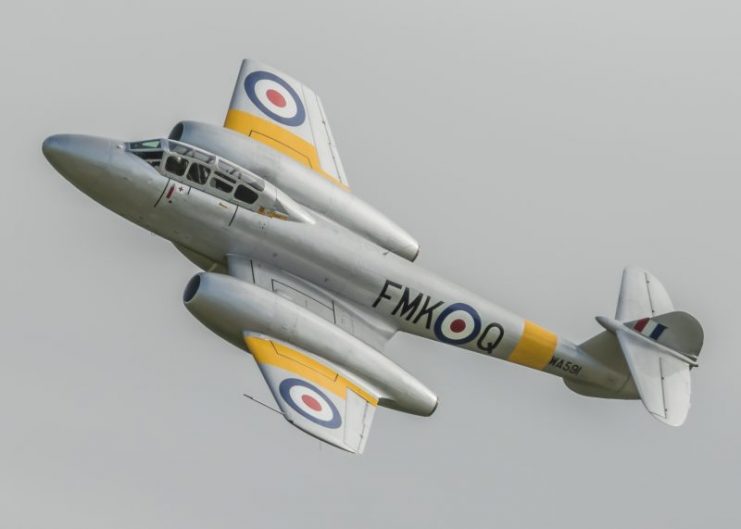
During the war, Hitler became obsessed with developing a new kind of jet: the Me 262, the first fully functioning jet. This aircraft was not run by a propeller but was all engine. He believed this plane could win the war for him. But the Allies knew of his plans, and constantly targeted the plants where research, design, and production was carried out, thus slowing down the jet’s manufacture. This made meant the planes didn’t join the war until 1944. Furthermore, their engines had problems, so that only 300 of them ever made it into battle.
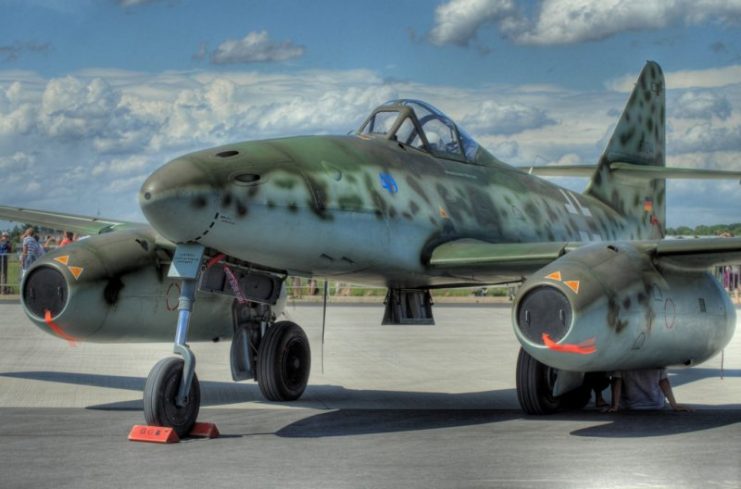
Still, they were a daunting presence in the sky, according to Allied pilots who flew into battle against them. These jets could fly rings around the Allies’ planes because of their speed and maneuverability. Few aircraft created have been as unique as the Messerschmidt Me 262. It was an invention created by dire need since the Germans were losing and Hitler wanted anything that would help his war effort. Nonetheless, the Me 262 was, and still is, considered the “Rembrandt” of aviation design and technology. In 1944, no one who saw it could quite believe it was real.
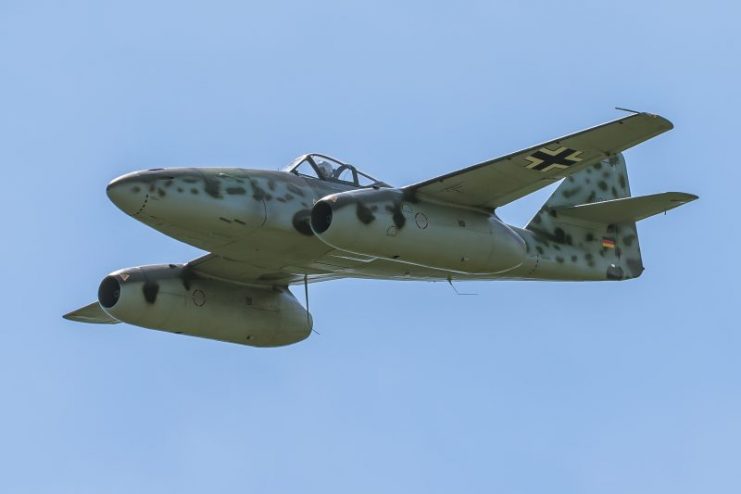
Long after World War II, in January of 2003, the American Me 262 Project was started up in Washington. Engineers took a shot at replicating the Me 262. Different configurations were built – one seat or two – but all had General Electric engines. They had additional safety features and stronger brakes, but in essence, they were just like the ones flown during the war.
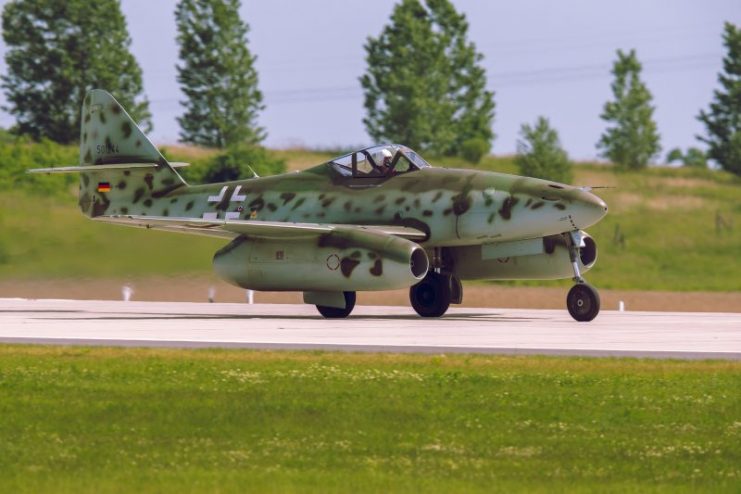
Read another story from us: Messerschmitt Me262 – First Operational Jet Fighter
These new planes were built in consultation with the Messerschmitt Foundation in Germany. That museum is the brainchild of aeronautics designer, Willy Messerschmitt, who created the airplane in 1969. Although the foundation is in part dedicated to the preservation of German monuments, another goal is the “promotion of young talent in the field of aviation,” according to its website.
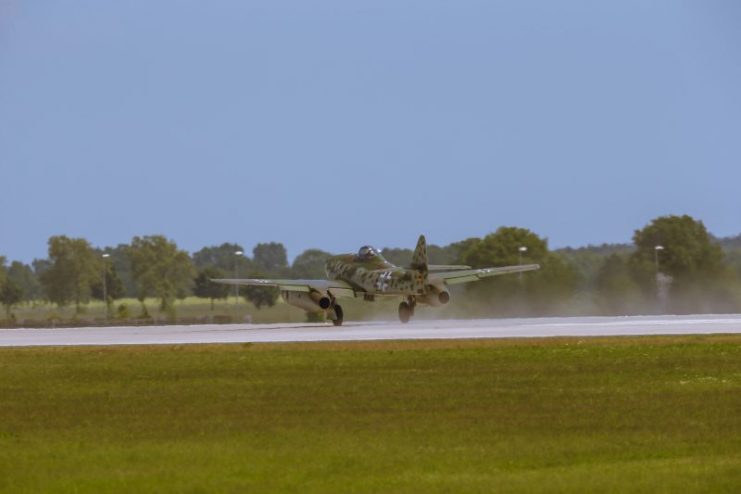
Only one of the Me 262 jets can still fly. Footage of it gearing up, taking off, and soaring through the sky is available on YouTube.
